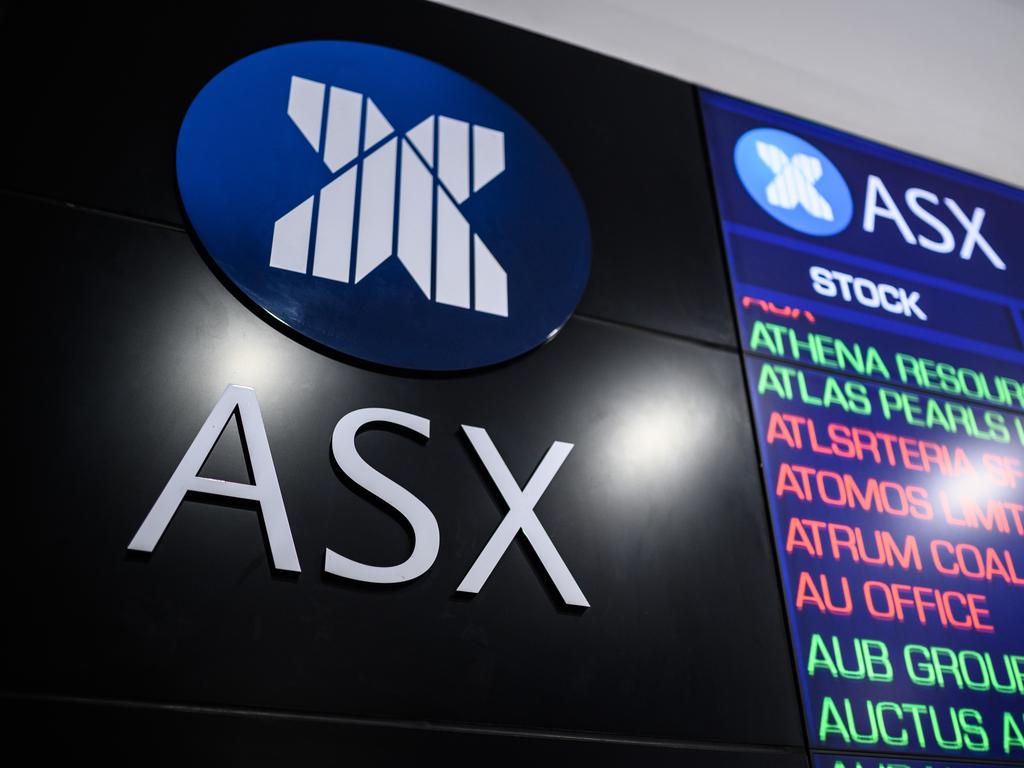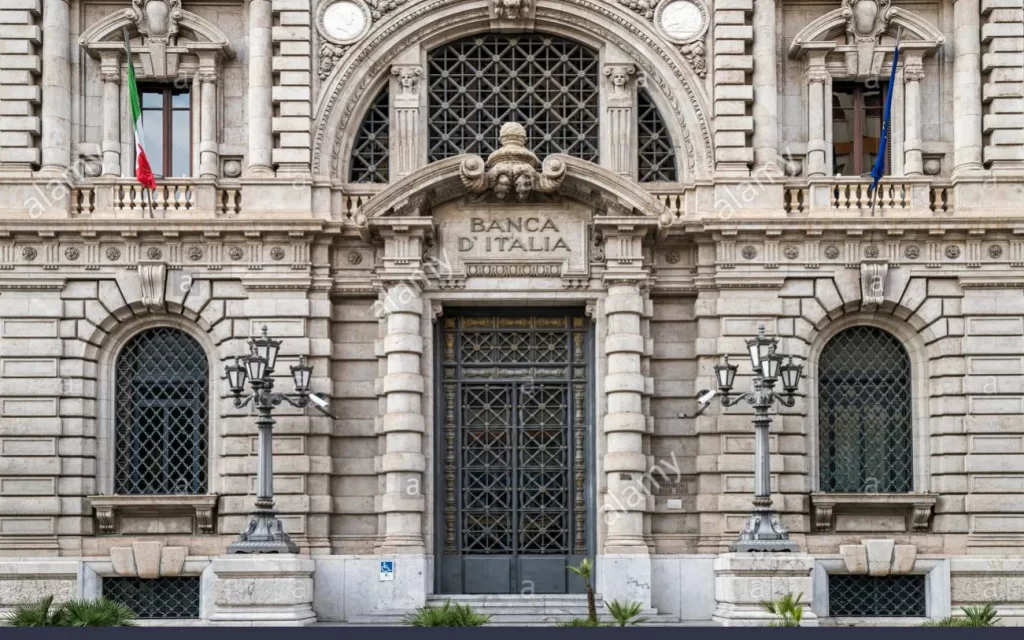In a recent tweet, Shibburn explorer revealed that the Shiba Inu community had transferred a staggering 1,653,845,435 SHIB meme coins to dead-end wallets.
While this number seems substantial, daily burns have been fluctuating, often plummeting below zero and resulting in losses.
However, on June 30, there was a remarkable surge in the burn rate of Shiba Inu, witnessing a 1,800% increase as 50,258,924 SHIB were locked in unspendable wallet addresses.
Nonetheless, this week has only seen a few instances of daily SHIB burns on the rise.
During the month of June, Shytoshi Kusama, the lead developer, posted enigmatic tweets that may have inspired the SHIB community to burn more of these meme coins.
One tweet mentioned “Something physical coming,” hinting at a new partnership between SHIB and Shibcals. Shibcals specializes in transferring SHIB “into the physical world,” creating tangible SHIB-themed clothing, merchandise, and other touchable items beyond the realm of computer and smartphone screens.
Additionally, Kusama’s second tweet and a Telegram message in the “Shibarium Tech” channel mentioned that SHIB was “going somewhere.” Kusama clarified that this “somewhere” referred to a location “outside the USA.”
Speculations arose suggesting that the SHIB team might be heading to Canada soon to participate in the ETHToronto conference.
This move would pay homage to Vitalik Buterin, as Shiba Inu was initially launched on the Ethereum chain. It is also possible that the launch of the Layer-2 solution, Shibarium, will take place in Canada.
In a recent Telegram post, Kusama mentioned that the date and plan were unchangeable and already set, referring to it as a “launch strategy.”
Shibarium’s testnet was launched on March 11 and has since achieved significant utility milestones, with 17,019,690 linked wallets and a total of 25,955,919 transactions, according to Puppyscan.
In conclusion, the Shiba Inu community has witnessed substantial transfers of SHIB meme coins to dead-end wallets.
Despite daily burn rates fluctuating, a notable surge was observed on June 30. The lead developer’s cryptic tweets have fueled speculation among the community, with some anticipating a new partnership involving SHIB’s physical representation and a potential move outside the USA.
The possibility of the SHIB team’s involvement in the ETHToronto conference and the launch of Shibarium in Canada has also been discussed.
Shibarium’s testnet has already achieved significant milestones, demonstrating its growing utility.
Other Stories:
UK To Pass Law To Bring Cryptocurrencies Under Traditional Asset Regulations
ASX Considers Listing Tokenized Real-World Assets
Maple Finance Launches Direct Lending Program, Filling Void Left by Bankrupt Lenders










